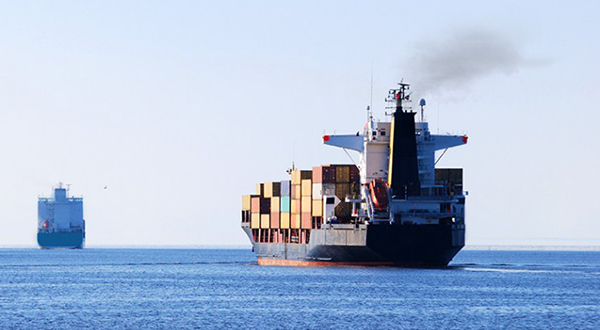Wärtsilä and Clean Marine Energy announced the landmark signing of the shipping industry’s first collaboration agreement that will provide a convenient funding solution to drive the uptake of exhaust gas cleaning technology. The move is intended to ease the financial burden on ship owners seeking to install scrubber systems in order to meet sulphur emissions legislation.
The financing solution, similar to those prevalent and proven in the building environment space, enables a ship owner to repay the cost of the scrubber system installation via a fuel adder, i.e. a fuel premium on the price of HFO by which the ship owner repays the cost of installing the scrubber. This provides a return from the differential between Heavy Fuel Oil (HFO) and Marine Gasoil (MGO) for a period of four to six years, depending on price spreads. This means that ship owners do not have the burden of meeting the up-front capital expenditure, which is typically between USD 3 million and USD 12 million per vessel. This investment is often difficult to pass on to charterers, whereas with CME financing, the fuel adder charge can be easily passed on until such time as the scrubber system is paid for. The concept therefore minimises the impact on the owner’s balance sheet, banking and security arrangements.
Juha Kytölä, Vice President, Wärtsilä Environmental Solutions said: “This funding concept enables ship owners to increase the value of their asset without taking on additional debt, thereby making it easier to achieve long-term compliance with increasingly stringent environmental legislation. Wärtsilä is proud to be at the forefront of developing innovative solutions aimed at assisting customers to reduce both their operational costs and their environmental footprint. This collaboration agreement with CME is one more example of this philosophy.”
Pace Ralli, Co-founder and Director of CME (Europe) commented: “The shipping industry is faced with a number of environmental regulations right now, often with a significant capital burden. Despite lower fuel costs, there is an even greater spread between HFO and MGO; as much as 90% in some cases. This allows us to inject capital to pay for the installation of a scrubber, allow the ship owner some of the benefits of continuing to burn HFO and still take out a return. In addition, the asset value improves, while the ship owner is compliant with new tighter ECA regulations. We see the CME solution as filling a gap in the financing of the latest scrubber technology. CME and Wärtsilä can provide the financed installation and maintenance of a scrubber through CME’s Emissions Compliance Service Agreement (ECSA).”
The International Maritime Organization (IMO) introduced legislation that became effective at the beginning of 2015 restricting emissions of sulphur oxides (SOx) from ships operating in restricted Sulphur Emissions Control Areas (SECAs) to 0.1%. Sulphur levels of 0.5% will be applicable globally, when the broader legislation enters into force in either 2020 or 2025. The European Commission has mandated that the 0.5% sulphur limit will be applicable in European Union waters from 2020.
There are currently three available options for owners to meet these regulations; by using low sulphur fuel, which is far more expensive than conventional marine diesel; converting to gas fuelled operation (LNG); or installing scrubber systems that enable conventional fuel to be burned. Wärtsilä is an industry leader in both dual-fuel engine technology that allows the use of liquefied natural gas as fuel, and scrubber systems that remove SOx emissions from conventional marine diesel fuel.
Source and Image Credit: Wartsila
In the start, I was frank with you propecia before and after has changed my life. It has become much more fun, and now I have to run. Just as it is incredible to sit.



























































